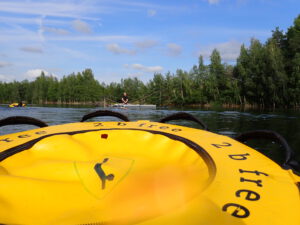
Currently reading about how appealing to fear is effective in positively influencing behavior, and hardly ever backfires (Tannenbaum et al., 2015). Who would have thought?
Fear can lead to fight, flight, or freeze responses — or so we often hear. So far, I was under the impression that fear was generally not a good emotion…
